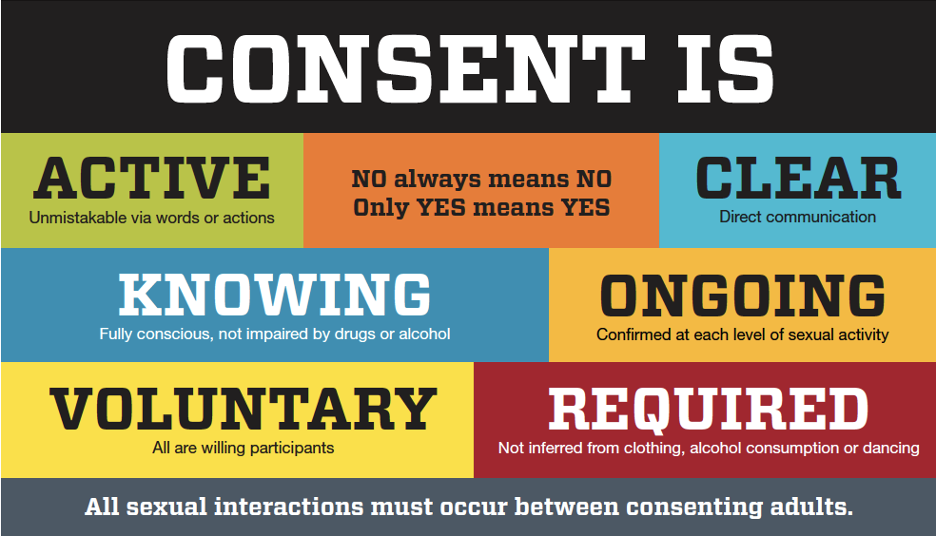By Leisha Toory, General Member
Gender-based violence is an insidious and widespread issue affecting individuals across the globe. Like many other countries, Canada presents a multifaceted challenge that demands innovative solutions. In recent years, comprehensive legislation advocacy efforts have gained momentum, focusing on establishing a National Database for Gender-Based Violence and a National Stalking Registry. These initiatives represent a pivotal step towards providing multifaceted responses to the multidimensional nature of gender-based violence.
Understanding the Multifaceted Nature of Gender-Based Violence
Before delving into the specifics of these proposed legislations, it is crucial to acknowledge the multifaceted nature of gender-based violence. It encompasses a broad spectrum of abusive behaviours, including physical violence, sexual assault, emotional and psychological abuse, economic control, and stalking. Moreover, it can affect individuals of all backgrounds, ages, and genders. Survivors of gender-based violence often face unique challenges and barriers, making it essential to adopt a multifaceted approach to address their diverse needs.
The National Database for Gender-Based Violence
One of Canada's most groundbreaking legislative advocacy initiatives is the proposal for a National Database for Gender-Based Violence. This database aims to serve as a centralized repository for collecting and analyzing data on gender-based violence cases. Its potential benefits are far-reaching and multifaceted:
1. Informed Decision-Making: A national database would provide policymakers and service providers with comprehensive and up-to-date information on gender-based violence prevalence, patterns, and trends. This data-driven approach would enable evidence-based decision-making and resource allocation.
2. Tailored Interventions: By analyzing data from different regions and demographics, authorities can develop tailored interventions and support services that address the unique needs of survivors in various contexts. For example, strategies for urban centers may differ from those required in rural areas.
3. Monitoring Progress: The database would allow for monitoring progress and evaluating the effectiveness of gender-based violence prevention and response programs. Policymakers can make necessary adjustments based on real-time data.
4. Resource Allocation: With a clear understanding of the geographic hotspots and demographics most affected by gender-based violence, resources can be allocated strategically. This ensures that services reach those who need them most urgently.
5. Improved Reporting: A national database can streamline the reporting process for survivors, making it more accessible and less intimidating. Survivors would be able to report incidents and access support more efficiently.
6. Research and Advocacy: Researchers and advocacy organizations would benefit from comprehensive study and campaign data. This can lead to a deeper understanding of the root causes of gender-based violence and more effective advocacy efforts.
The National Stalking Registry
In addition to the National Database for Gender-Based Violence, another pioneering advocacy initiative is the call for a National Stalking Registry. Stalking is a particularly insidious form of gender-based violence that can have severe and lasting psychological effects on survivors. A dedicated registry holds several key advantages:
1. Enhanced Survivor Safety: A National Stalking Registry would aid law enforcement agencies in tracking and monitoring high-risk stalkers. Survivors would receive better protection, as authorities could respond swiftly to threats.
2. Accountability and Deterrence: Knowing that their actions are being monitored and documented, potential stalkers may be deterred from engaging in this harmful behaviour. Additionally, a registry can help hold perpetrators accountable for their actions.
3. Support for Survivors: Survivors of stalking would benefit from a dedicated registry that ensures their cases are taken seriously. Prompt responses by law enforcement can provide much-needed relief and protection.
4. Data-Driven Policies: Similar to the National Database for Gender-Based Violence, a National Stalking Registry would provide valuable data for policymakers and researchers. This data can inform policies aimed at preventing and responding to stalking effectively.
5. Cross-Agency Collaboration: The registry would facilitate cross-agency collaboration, allowing different law enforcement agencies to share information and coordinate efforts to protect survivors.
Towards a Multifaceted Response to Gender-Based Violence
The multifaceted nature of gender-based violence calls for fomultidimensionaled responses. The proposed National Database for Gender-Based Violence and National Stalking Registry represent significant steps in this direction. By providing comprehensive data, enhancing survivor safety, holding perpetrators accountable, and informing evidence-based policies, these initiatives aim to address the diverse needs of survivors and foster a safer and more equitable society.
As these advocacy efforts gain traction, engaging in constructive dialogues and collaborations involving survivors, advocacy organizations, policymakers, and law enforcement agencies is crucial. Together, we can work towards a future where gender-based violence is no longer a pervasive issue and where survivors are provided with the multifaceted support and protection they deserve. These comprehensive legislative initiatives offer a beacon of hope in the fight against gender-based violence in Canada and serve as a model for other nations committed to ending this widespread injustice.


























